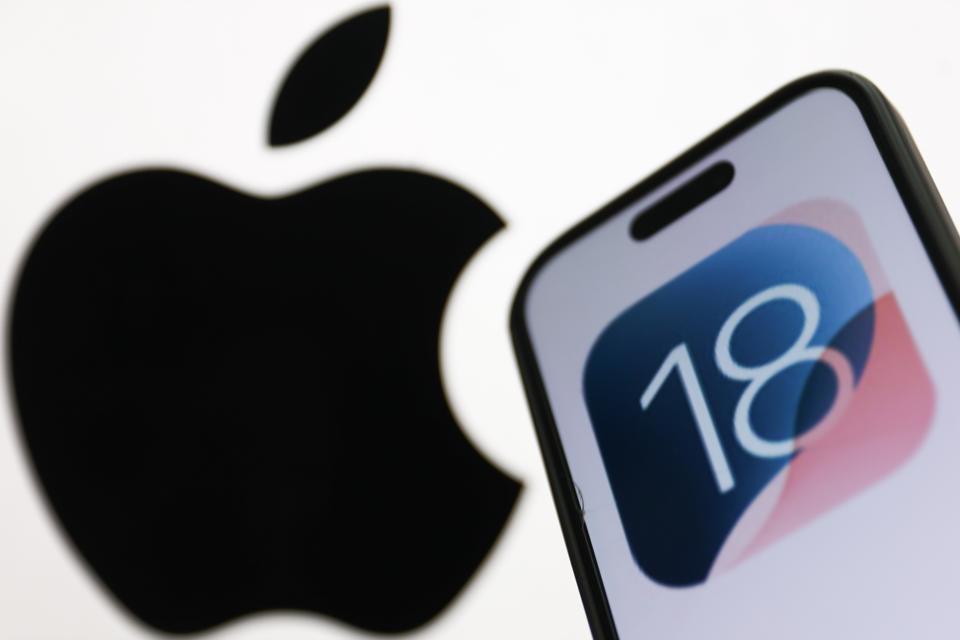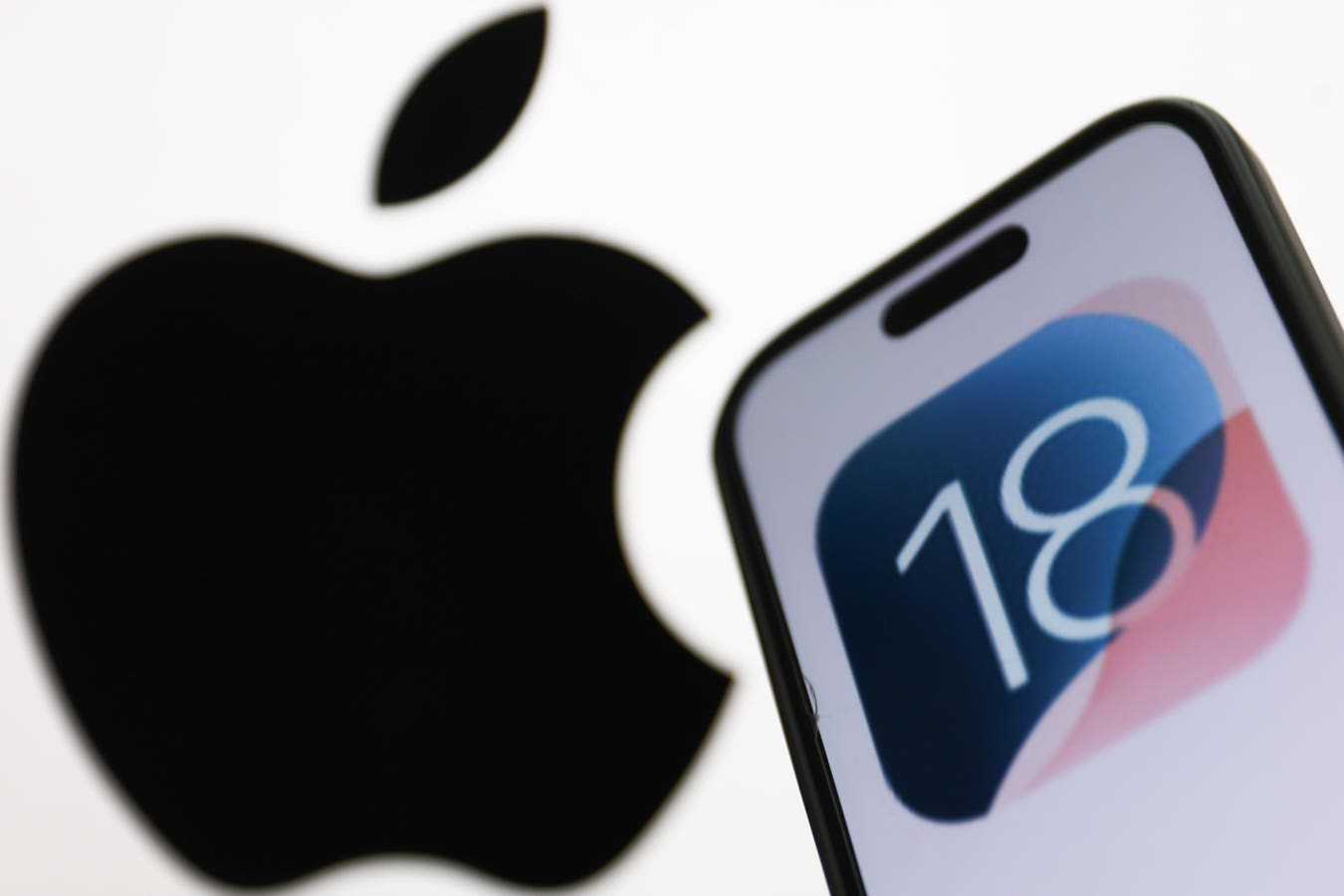Updated Aug.15 with more details of the update and how it will work.
Apple today announced that it would release an iPhone update — and it’s one that nobody had been expecting. The surprise release concerns a missing feature on the Apple Watch — blood oxygen monitoring, which was removed from some Apple Watches 18 months ago because of a legal dispute. The update has just gone live. You can read the background to the dispute here, and below I’ll explain how to download the new software and why it’s important.

Apple iPhone’s latest software is coming, but it’s not for everyone.
NurPhoto via Getty Images
Which iPhones Can Run iOS 18.6.1?
The new iOS 18.6.1 software is compatible with all iPhones from 2018 onwards. That means the iPhone Xs, iPhone Xs Max and iPhone Xr and all iPhones since, including the iPhone SE in both its second- and third-generation models. And all members of the iPhone 16 series are included, right up to the iPhone 16e.
This is a medium-sized update, around 720MB on my iPhone 16 Pro Max, and it downloaded and installed in little more than 10 minutes.
ForbesApple Reveals Apple Watch Missing Feature Returns To U.S. Users TodayBy David Phelan
How To Get It
The update arrived just after 10 a.m. Pacific on Aug. 14, 2025. You download it like this: open the iPhone Settings app, then choose General, followed by Software Update. Next, click on Download and Install, and it’ll be on your phone shortly.
iOS 18.6.1 — What’s In The Release
iOS 18.6.1 is ready for download.
Apple
Apple’s release notes were sparses but indicated the main function like this. “This update provides a new Blood Oxygen experience for users in the United States with Apple Watch Series 9 and Series 10, and Apple Watch Ultra 2. Measurements are calculated on iPhone and viewed in the Health app,” the notes said.
If you were wondering why Apple was releasing something for iPhone that affected the Apple Watch, there’s your answer: you can read the data in the Health app on the iPhone, so an iPhone update was necessary to make that possible.
This update is all about the Apple Watch update. The removal of the blood oxygen monitoring feature came at the beginning of 2024, so Series 9 and Apple Watch Ultra 2 had only been on sale for a little more than three months, and Series 10 hadn’t launched.
The absence of the blood oxygen monitoring feature was because of a legal dispute between Apple and medical technology company Masimo. This redesigned feature seems to avoid the dispute. “This update was enabled by a recent U.S. Customs ruling,” Apple says.
There’s also an watchOS 11 update for those Apple Watch models the company mentions, but for the data to be read on the user’s companion iPhone, the latest software is necessary.
Apple’s careful wording makes clear that the changes to the way the metric is now gathered is key to how the Masimo dispute has been circumvented.
Until now, on watches capable of the old-style blood oxygen monitoring, you sat quietly for 15 seconds while the app measured your blood oxygen. Now, the reading is similar but the data it collects is transmitted to the iPhone and the calculation of what it means is worked out there. It’s viewable in the Health app on the iPhone, which is almost as convenient as the original method, and a godsend to the millions of Apple Watch 9, 10 and Ultra 2 users who can now access it for the first time.
And it’s good timing: this system will likely be in place for the Apple Watch Series 11 and Apple Watch Ultra 3, both expected to be unveiled next month.
ForbesApple iPhone 17, iPhone 17 Pro Release Date: New Date Enters The ScheduleBy David Phelan
You can read more about the changes to Apple Watch, and why it’s important, here.
ForbesDid Apple Just Accidentally Reveal Apple Watch Ultra 3 Design?By David Phelan
